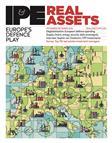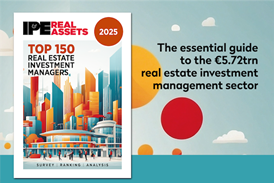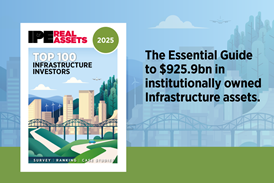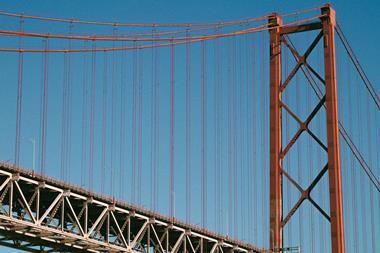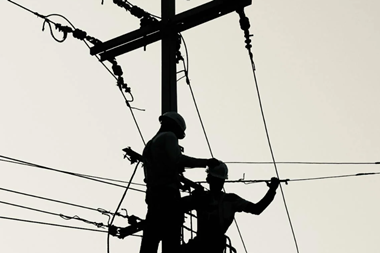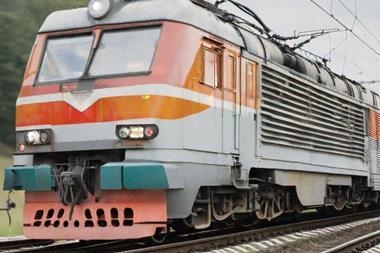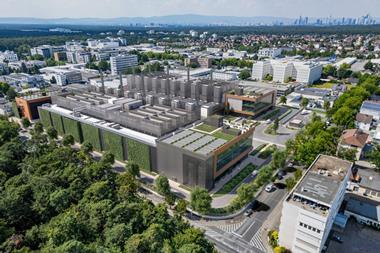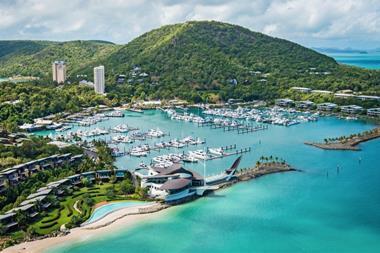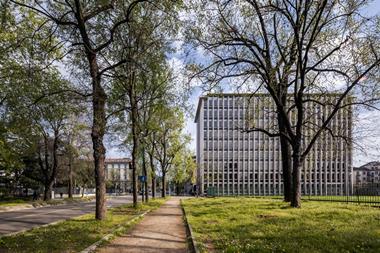The aggregate asset value of the 100 largest infrastructure investors has almost doubled in five years to close to US$1trn (€846bn), but research by IPE suggests that growth in allocations is levelling off and future capital flows are likely to come maintaining targets.
This year’s top 100 infrastructure investors – a global ranking of pension and sovereign-wealth funds, insurers and other institutional asset owners – has risen from US$467bn in 2020 to US$926bn.
Meanwhile, IPE’s annual survey of institutional investors, found that average levels of infrastructure exposure (7%) are very close to average allocation targets (7.7%) and that investors declining proportion of investors are expecting to raise allocation targets in the coming months.
Most investors (76%) expect allocations to remain stable in the next 18 months, but less than a fifth (19%) anticipate increasing targets – a proportion that has declined year on year, from 36% last year, 44% in 2023 and 50% in 2022.
However, more than 30% expect to invest or commit more capital in the next 12 months, suggesting that capital will continue to flow into the asset class even if investors are seeking to maintain their current level of exposure.
Third-placed Canada Pension Plan Investment Board (CPP Investments), for instance, will need to continue to invest heavily in the asset class in the coming years to maintain its 9% target and keep pace with the overall growth of the fund. Head of infrastructure James Bryce told IPE Real Assets: “Our mandate is to materially grow the book over the next four to five years.”
The results of the survey were revealed at this week’s IPE Real Assets Infrastructure & Natural Capital Global Conference in Rotterdam, during which top-10 investors APG and AustralianSuper both said they were looking to invest significantly in the asset class in the coming years.
“Inflation protection”, “stable returns”, “cash flows” and “diversification” were the most common cited reasons by investors to invest in infrastructure, and according to the survey the asset class had performed in line with expectations for most investors (58%) and had outperformed for 31%.
The study also found that it had provided an effective inflation protection for most investors (65%). Last year, 61% of investors said it was too early to tell whether their infrastructure portfolios was provided an inflation hedge, suggesting that the asset class’ capabilities in this area are to starting to be demonstrated.
Infrastructure is also looking competitive versus other alternative and private-market asset classes – particularly relative to real estate and natural capital/timber/agriculture, for which more than 70% of investors said infrastructure was more attractive today. The asset class appears to face its biggest competition from private equity and private debt, with less than 40% of investors deeming infrastructure to be more attractive.
Respondents included major pension funds from Australia, Canada, Denmark, Finland, German, the Netherlands, Switzerland, the UK and US.
The full top 100 ranking and survey results are available here.


